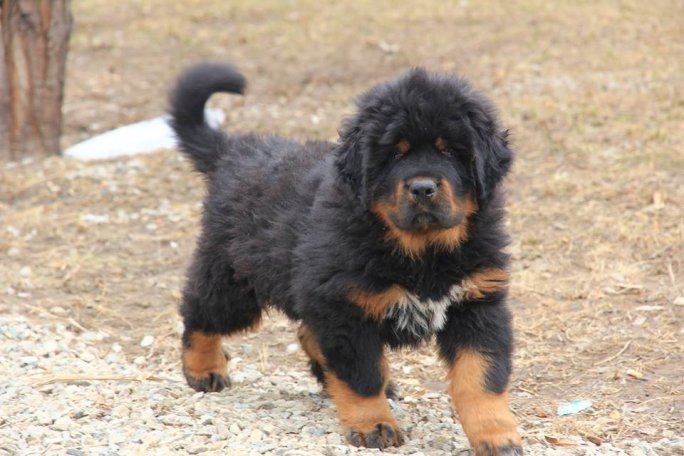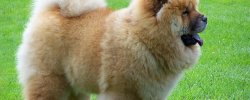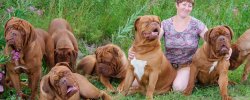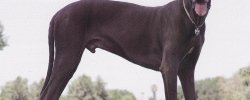Tibetan Mastif Growth

Nature structure.
Many of our breeders, unfortunately, are not very clear that such a breeding structure is or that it is considered to be something that is not too substantial. This misconception is the cause of many secular failures.
No breed, no species of animals are homogeneous. You can't imagine the breed as a sort of whale scattered relative to the plain in the dish. Rather, the breed should be convenienced by a complex, partly self-organizing mass with crystallization centres, where the forces of pushing and attraction operate. Then the structure lives, develops, spreads. As soon as we level the breed into one burial, it starts to come out and dies in a stalemate.
There are several internal levels of the organization in a normal species. At some levels, it is extremely difficult and very inefficient to conduct selective work, and at others it is much easier to do.
The first level is the breed as such, i.e. all the animals of the species. The breeds are divided into two large groups: the breeds of the people ' s village and the breeds of the plant ' s village. The former were formed for a long time -- centuries and even millennias, and the selection was based on working qualities and was linked to a very specific economic and cultural structure (for example, in the case of a mid-Asian sheep with nomadic herding). Such species are highly adapted to habitat conditions, with large variations in the exterrier. However, they are very vulnerable to change in basic economic and cultural patterns. In the latter case, the breeds either extinct or go through the phase of the factory standardization and acquire a new occupation, become breeds of the plant breed. These breeds are young and have dozens of years, a maximum of several centuries, standardised on the exterrey, and are usually descendants of several people ' s breeds.
It is very difficult to conduct a single village programme at the whole breed level. At the time, such attempts were made in the service dogs of our country. Main. ♪ ♪
Large cranberry cranberry, medium height, main flaws: simple and easy head.
The structure, its chances of existence should be assessed. Our studies have shown that the well-being of the species depends, inter alia, on its competitiveness, that is, on whether it wins or loses in the customer ' s eyes compared to its closest species. Competitiveness, in turn, is determined by the quality of use, habitat suitability, external inferiority to other species, and by legends that significantly increase the prestige of breeds. The main competitors of the Asian medieval sheep are the Caucasus sheep, Moscow guard, rotweiler, Western vasses. Customers ' surveys revealed preferable value, most often large sizes, excellent caraul capabilities, inappropriate content, ability to live both in the house and on the street, calm and patient attitudes towards children. Comparing these indicators to the competitors, we can point out that the Caucasus, despite its face-to-face, loses two last positions, in addition to being excessively aggressive, making noise in the protection of the Territory, its wool is easily contaminated with dirt and bells. Although the legend and myths do not deviate each other with the Caucasus and the medieval. The Moscow Guardian has a wide range of useful qualities, always poorly characterizing the breed, and often public opinion works against these dogs. Rotweiler knows to lose in size. West mastyphoids are poorly adapted to our conditions of detention, and they are much more difficult to grow.
Thus, the competitiveness of the Asian medieval sheep is high and, in our view, the prediction of the well-being of this species is optimistic. It is clear enough to develop the breed. Undoubtedly, the quality of work and the indifference of these dogs should be maintained. There is a need to further strengthen "unlike" on near-kind species, especially the Caucasus sheep and Tibetan Mastif An English breed. It's a requirement. ♪ ♪




